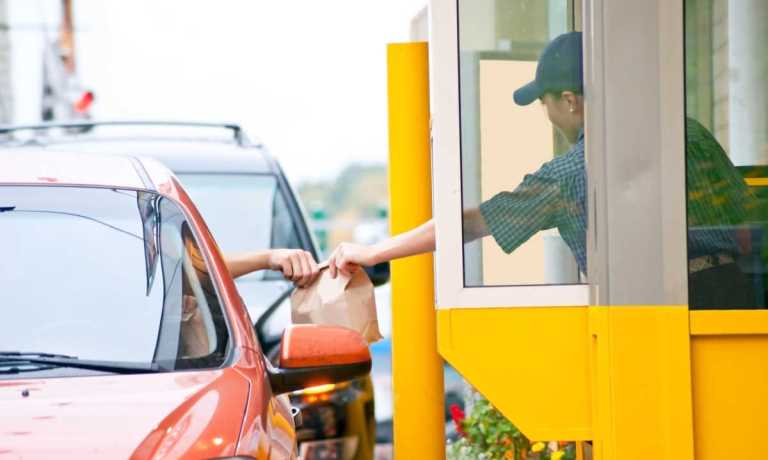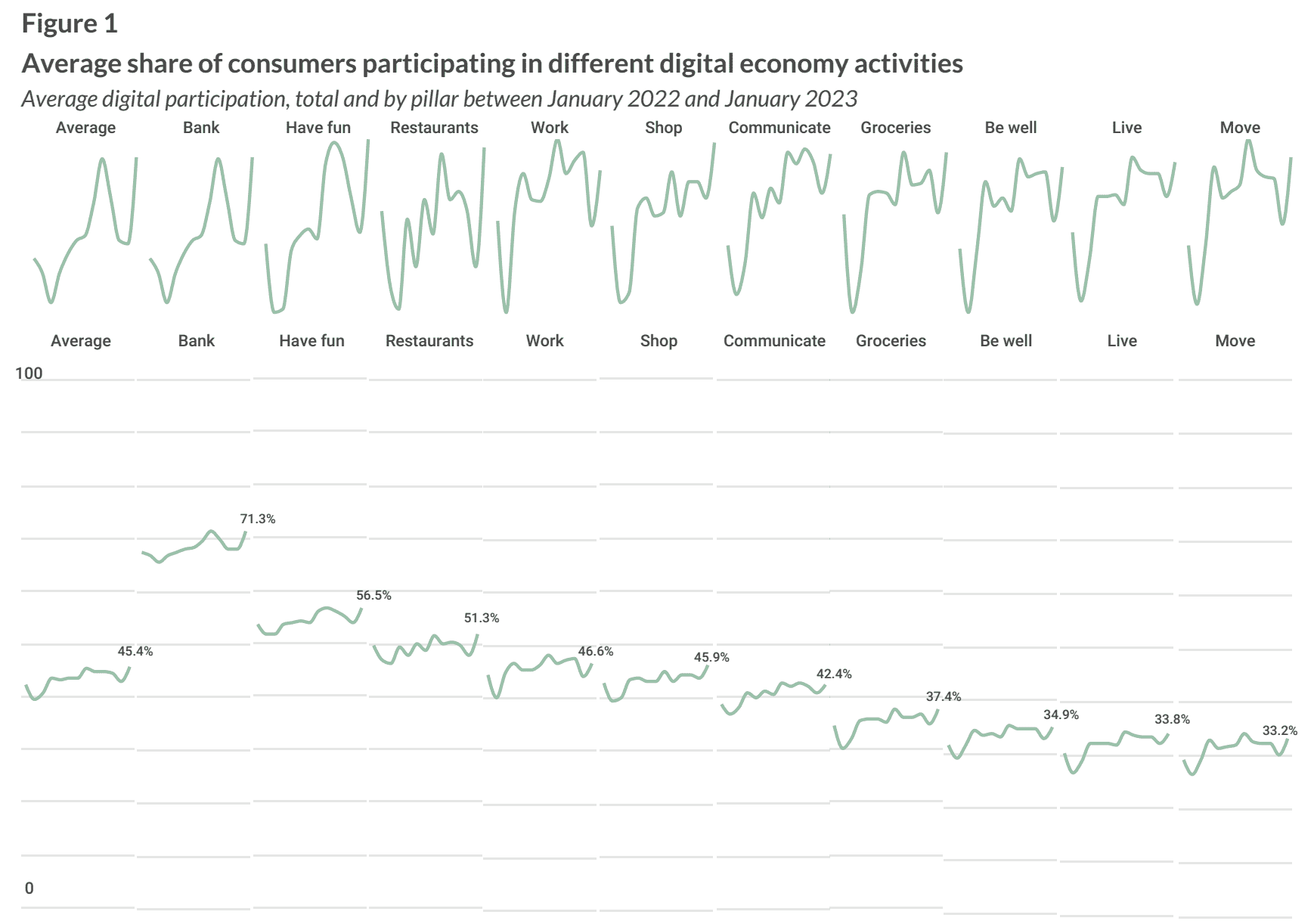
PYMNTS research shows that, while digital restaurant engagement may be erratic, it’s on the rise.
With restaurant prices on the rise and consumers feeling the impacts of those increases at three times the measured rate, many are cutting back on delivery. However, it seems that increases in other digital channels are more than making up for the decline.

Quick-service restaurant (QSR) giant Domino’s Pizza, which has more than 19,500 stores around the world, shared Thursday (Feb. 23) on a call with analysts discussing its fourth-quarter 2022 financial results that same-store delivery sales were down about 7% year over year.
“Inflation impacted delivery due to the added expenses of fees and tips on that channel,” the pizza chain’s CEO, Russell Weiner, said. “Our research shows that a relatively higher delivery costs during inflationary time leads some customers to prepare meals at home instead of getting them delivered. We believe this dynamic will continue to pressure the delivery category in the short term, as long as consumers’ disposable income remains pressured by macro-economic factors.”
However, PYMNTS data shows that overall digital engagement with restaurants is on the rise, suggesting that growth in pickup adoption may be enough to offset this softening. Even traditionally non-digital channels are joining the mix.
For instance, restaurant-focused B2B Software-as-a-Service (SaaS) platform Olo shared Wednesday (Feb. 22) that it is looking to dramatically increase its reach by digitizing drive-thru and on-premise restaurant sales.
“In the past year, we’ve moved into drive-thru and on-premise categories that represent roughly 38% and 24% of overall restaurant transactions, respectively, more than doubling our serviceable footprint,” founder and CEO Noah Glass said. “Currently, nearly 100% of drive-thru and on-premise transactions are analog, and as Olo moves into both on- and off-premise as a focus, we have a great opportunity for Olo to unlock the path to digitize 100% of transactions.”
Research from the new PYMNTS study “The ConnectedEconomy™ Monthly Report: Digitally Divided — Work, Health and the Income Gap,” which drew from a survey more than 2,700 consumers in January, revealed that digital interaction with the restaurant sector has its ups and downs (more so than most other categories), but it is ultimately on the rise.
Between January 2022 and January 2023, the share of consumers digitally engaged with restaurants rose from just under half to 51.3%, with peaks and valleys along the way.